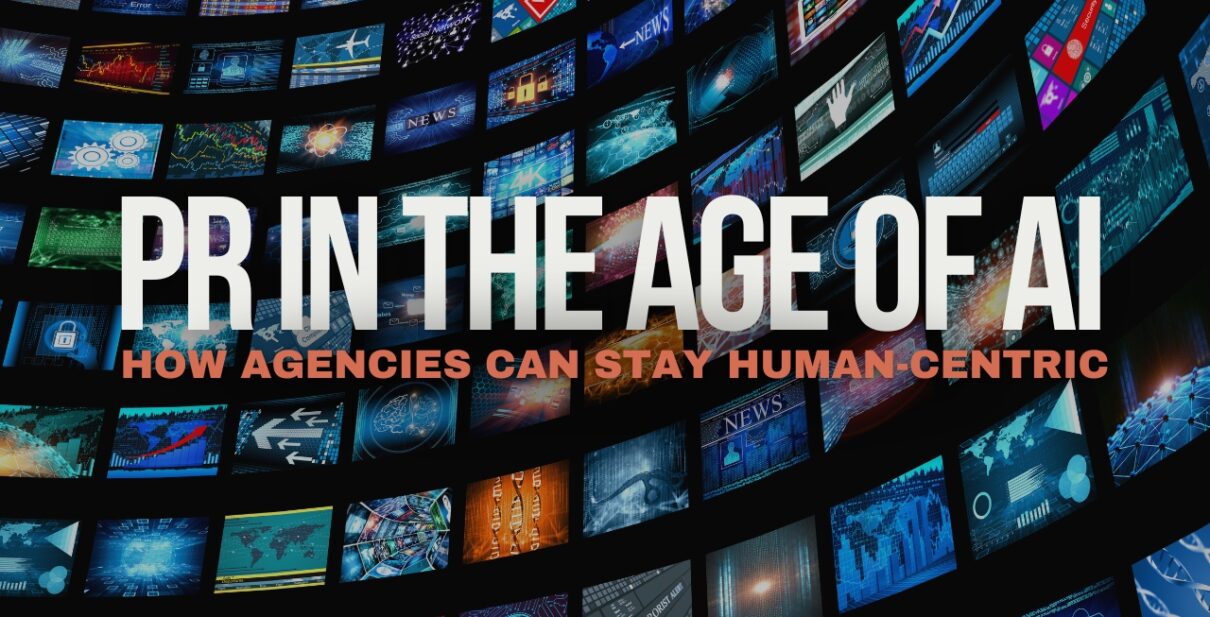There’s a strange irony in modern PR. We humans are using machines to draft messages meant to feel personal. In today’s times we are using AI to write pitches, scan sentiment & even suggest headlines. But somewhere in that efficiency-ridden market, something is getting lost.
Ask any seasoned PR professional & they’ll tell you one common thing – relationships aren’t built on algorithms, rather on nuance. On knowing when to call instead of email. On sensing a reporter’s beat has shifted, but not their LinkedIn.
One thing is sure: AI helps. It is definitely fast, clever, and it never asks for an extension. But it doesn’t know your client’s quirks. It won’t catch the subtext in “circling back.” And it won’t tell you when a story feels sterile.
So how do we stay human in a world that is led by machines? We lean into what tech can’t replicate, i.e, empathy, intuition, and the messy brilliance of real conversation.
What human-centric PR actually looks like
Let’s be honest – PR has always been a mix of both art & instinct. The best agencies today aren’t anti-tech; they’re pro-context. They use AI as an assistant which is virtual, not as an author. Drafts can begin with a tool, but the voice that it holds must be earned: interviews, founder time, shop-floor walks, along with customer calls.
They still brainstorm over chai. They still debate headlines like a cricket final. And they still know a pitch sent at 4:59 PM on Friday is a wasted bullet.
Human-centric PR means knowing the audience beyond its demographics. It means understanding all the 3T’s, i.e., tone, timing, and tension. It’s about reading between those lines & not just reading the dashboard. When their sentiment spikes, a junior might just come in cheering, while a senior asks why, who, and what to do next.
It also means being present. Not just physically and mentally in the room, but also online. Meanwhile, listening to a client who is worried about layoffs. Sensing the anxiety before a funding announcement. Clocking the hesitation when legal says “minor changes.” Those moments shape the briefs more than any spreadsheet.
Tech with a touch
Use AI to compress tasks, not judgment. Let it cluster coverage, flag anomalies, and summarize all those long transcripts. Then bring the human layer, which knows well enough: what matters, to whom, and why now.
● Strategy first: Start with a narrative. Tools tidy drafts; they don’t invent purpose.
● Reporter-first pitching: Personalize context. Reference prior stories. Offer angles, not hype.
● Measurement with meaning: Move beyond vanity metrics. Tie coverage to trust, pipelines, and policy outcomes.
Train teams to ask better questions, not “What does the data say?” but “What does the data miss?” That’s where actual insight lives – cultural nuance, power dynamics, and unintended consequences.
Final thought
Over time, AI will keep evolving and get better than what it is today. The soul of PR – storytelling, trust & timing, all of it still belongs to people. The agencies that balance speed with sensitivity will definitely set the standards. Because in the end, it is not just the tools that define your work. It’s the touch and the accountability that comes along with it.






